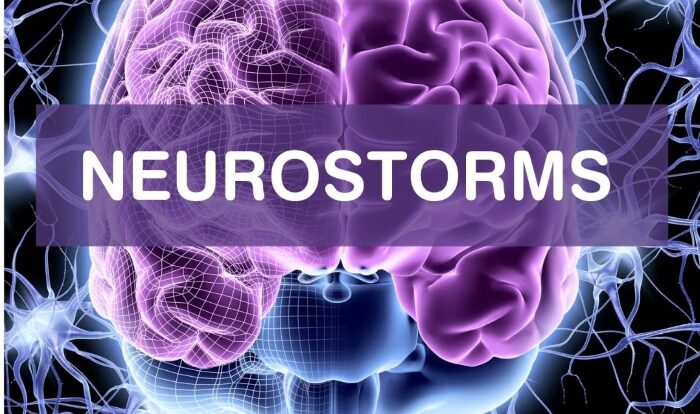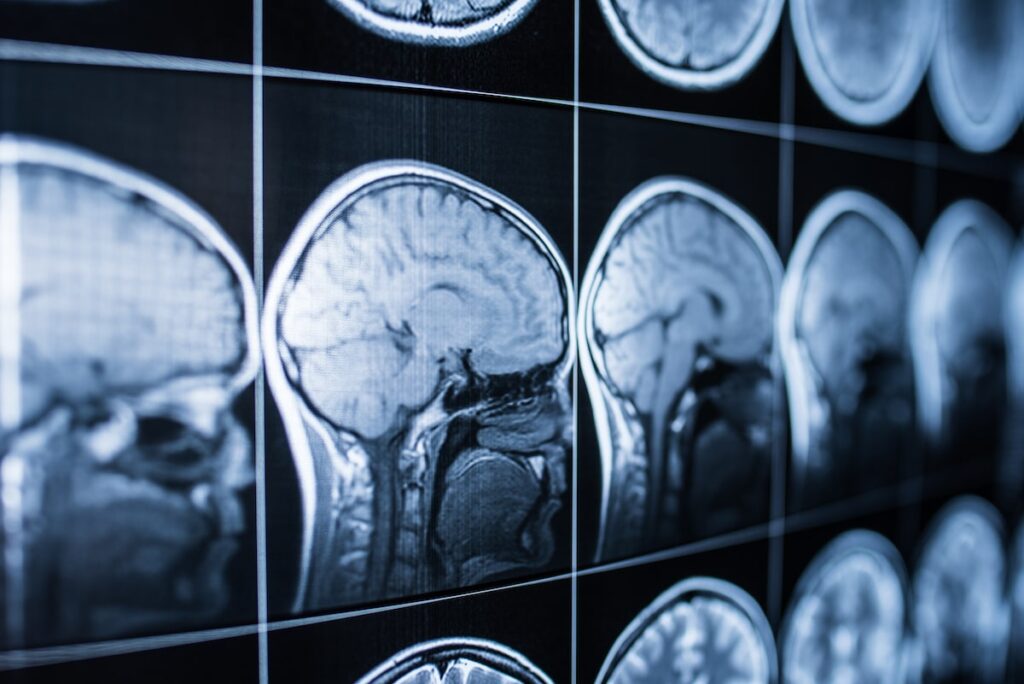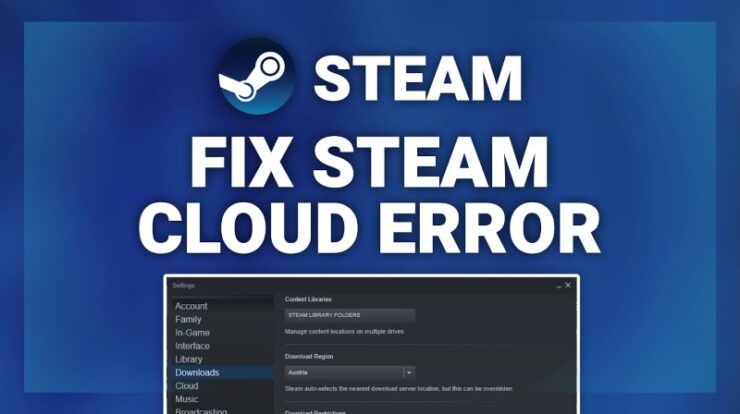
Neurostorming is a condition characterized by sudden, severe, and uncontrollable surges of neurological activity in the brain. It can occur in patients with traumatic brain injuries, strokes, brain tumors, and other neurological disorders. Neurostorming is a medical emergency that is difficult to diagnose and treat. It requires prompt recognition and appropriate intervention to prevent severe complications and death.
1. What are the causes?
The exact cause of neurostorming is not well understood. However, it is believed to result from a disturbance of the normal balance of neurotransmitters in the brain. Neurotransmitters are chemicals that transmit signals between nerve cells in the brain. When these chemicals become imbalanced, neurons may begin to fire out of control, resulting in a storm of electrical activity that can cause seizures, muscle spasms, and other symptoms.
Neurostorming can also be triggered by a variety of factors, including physical or emotional stress, infection, medication side effects, and changes in the patient’s condition or environment. In some cases, neurostorming may be triggered by no identifiable cause.
2. The symptoms;
The signs of neurostorming can vary depending on the underlying condition and the severity of the storm. Some common signs and symptoms include:
- Seizures: Uncontrollable muscle contractions, loss of consciousness, and other seizure-related symptoms.
- Increased muscle tone: Muscle stiffness, spasticity, and other types of muscle tone abnormalities.
- Autonomic dysfunction: Changes in heart rate, blood pressure, breathing rate, and other autonomic functions.
- Agitation: Restlessness, irritability, and other signs of agitation.
Altered consciousness: Confusion, disorientation, and other changes in awareness or consciousness.
- Hyperthermia: Elevated body temperature due to the increased metabolic activity in the brain.
3. What are the risks?
Neurostorming can be life-threatening if not recognized and treated promptly. Patients with neurostorming are at high risk of complications such as:
- Brain damage: Excessive electrical activity in the brain can cause damage to the neurons and other structures in the brain. This can result in permanent brain damage or disability.
- Cardiac arrest: The surges of electrical activity in the brain can also affect the heart, causing irregular heart rhythms and cardiac arrest.
Respiratory failure: Neurostorming can impair the respiratory center in the brain, leading to respiratory failure and potentially fatal hypoxia.
4. Treatment;
The treatment of neurostorming depends on the underlying condition and the severity of the storm. However, the goal of treatment is to suppress the excessive electrical activity in the brain and prevent complications. Treatment options include:
- Medications: Anti-seizure medications, sedatives, muscle relaxants, and other medications may be used to control the symptoms of neurostorming.
- Cooling therapy: Cooling the body can reduce the metabolic activity in the brain, thereby reducing the risk of complications.
- Mechanical ventilation: Patients with respiratory failure may require mechanical ventilation to support their breathing.
- Surgery: In some cases, surgery may be necessary to remove tumors or other lesions that are causing neurostorming.
- Rehabilitation: Patients who survive neurostorming may require rehabilitation to regain lost function and improve their quality of life.
5. What are the precautions?
Preventing neurostorming is challenging as the underlying condition is often not preventable. However, some steps can be taken to reduce the risk of complications:
- Monitor vital signs: Patients with neurostorming require close monitoring of their heart rate, blood pressure, breathing rate, and other vital signs to detect complications early.
- Bed rest: Patients with neurostorming require bed rest to minimize physical and emotional stressors that can trigger further surges of electrical activity in the brain.
- Medication management: Patients with neurostorming require careful management of their medications to prevent side effects and interactions that can exacerbate their condition.
Summary:
Neurostorming is a severe neurological condition that can be life-threatening if not recognized and treated promptly. It is caused by a disturbance of the normal balance of neurotransmitters in the brain and can be triggered by a variety of factors. Neurostorming requires prompt intervention to prevent severe complications and death. Treatment options include medications, cooling therapy, mechanical ventilation, surgery, and rehabilitation. Prevention strategies include monitoring vital signs, bed rest, and medication management. Early recognition and appropriate intervention are essential in the management of neurostorming.
The exact cause of neurostorming is not well understood. However, it is believed to result from a disturbance of the normal balance of neurotransmitters in the brain. Neurotransmitters are chemicals that transmit signals between nerve cells in the brain. When these chemicals become imbalanced, neurons may begin to fire out of control, resulting in a storm of electrical activity that can cause seizures, muscle spasms, and other symptoms.
Neurostorming can also be triggered by a variety of factors, including physical or emotional stress, infection, medication side effects, and changes in the patient’s condition or environment. In some cases, neurostorming may be triggered by no identifiable cause.
Read More: [Eonline com Link]: How to Activate E! Online on Roku, Apple TV, FireStick, Xbox








